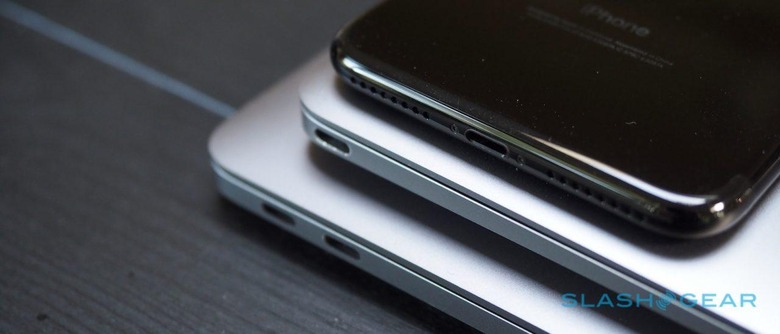They're making USB 3.2 even more confusing
If you've tried to plug your phone into your laptop over the past couple of years, or to charge your tablet with your phone's charger, you'll probably have run into USB confusion. Now, things are set to get even stranger, with the USB-IF announcing the USB 3.2 specification and a shake-up in consumer branding.
The USB-IF is the USB Implementers Forum, the organization which is responsible for defining not only what USB is and does, but how it should be referred to. With the arrival of USB 3.2, any hope that the USB-IF might make things easier to understand for consumers seems to have been jettisoned by the wayside.
That's because the USB 3.2 specification has absorbed all of the prior USB 3.x specifications, and given them new names along the way. For example, USB 3.1 Gen 1 is now known as USB 3.2 Gen 1. Those with good memories may recall that it was originally known as USB 3.0.
What was previously USB 3.1 Gen 2, meanwhile, is now going to be referred to as USB 3.2 Gen 2. Finally, USB 3.2 has been dubbed USB 3.2 Gen 2x2.

There'll be three different consumer marketing names, too, reflecting the different maximum data transfer rates each supports. USB 3.2 Gen 1 will be banded SuperSpeed USB with its 5Gbps maximum rate, while USB 3.2 Gen 2 will be SuperSpeed USB 10Gbps. Finally, USB 3.2 Gen 2x2 will be SuperSpeed USB 20Gbps.
Confused yet? Don't worry if you're not, because it gets weirder. "SuperSpeed Plus, Enhanced SuperSpeed and SuperSpeed+ are defined in the USB specifications," the USB-IF also points out, "however these terms are not intended to be used in product names, messaging, packaging or any other consumer-facing content."
At the same time, the organization is determined that USB 3.2 won't be used to refer to anything other than transfer rates. It's not, for example, the type of port: USB Type-C, for instance, or older connectors such as microUSB. Nor is it anything like USB Power Delivery or USB Battery Charging.
Although in theory USB 3.2 won't necessarily mean USB Type-C, in practice the two will be the most likely pairing given the former's requirements. USB 3.2 Gen 2x2 – aka SuperSpeed USB 20Gbps – requires two lanes of 10Gbps operation, which combine for the maximum 20Gbps rate. That's only going to be provided with USB Type-C cables, ComputerBase points out.
"USB-IF emphasizes the importance and value of consistent messaging on USB product packaging, marketing materials, and advertising," the organization says, as it completely revamps the technical names of each specification. "Inconsistent use of terminology creates confusion in the marketplace, can be misleading to consumers and potentially diminishes USB-IF's trademark rights."
The other big problem comes down to the fact that, though the USB-IF can suggest marketing names that hardware-makers should use, it can't actually force them to adopt terms like "SuperSpeed USB 20Gbps" in their branding. How easy it'll be to decipher what your next laptop, phone, or other device can and can't do remains to be seen, therefore, and plugging one USB device into another may well still be more experiment than anything else.
